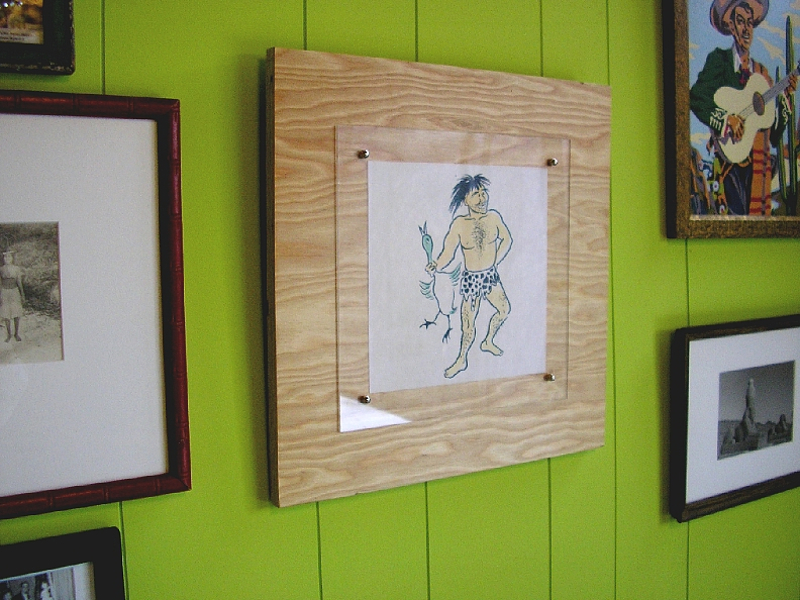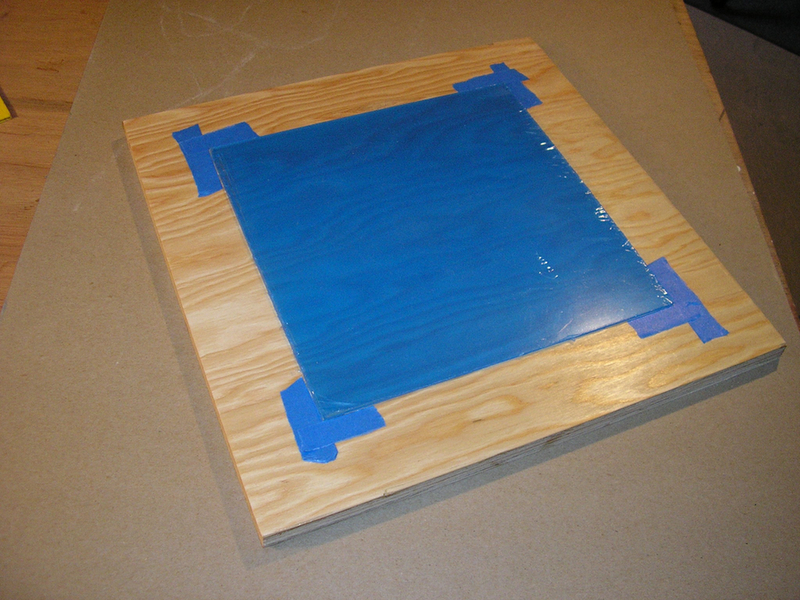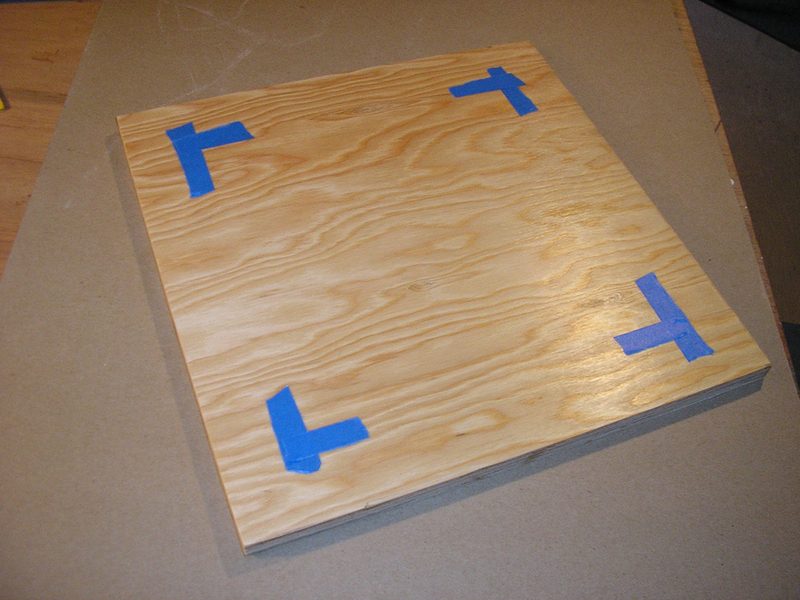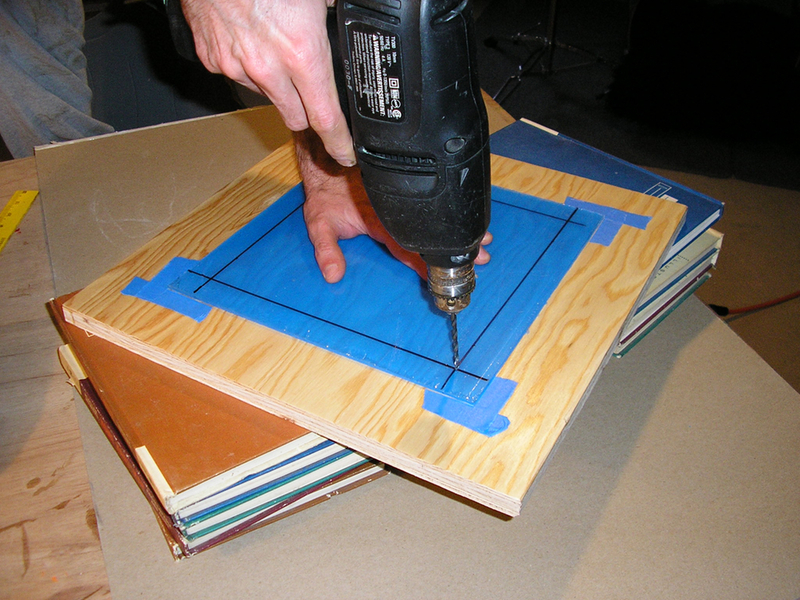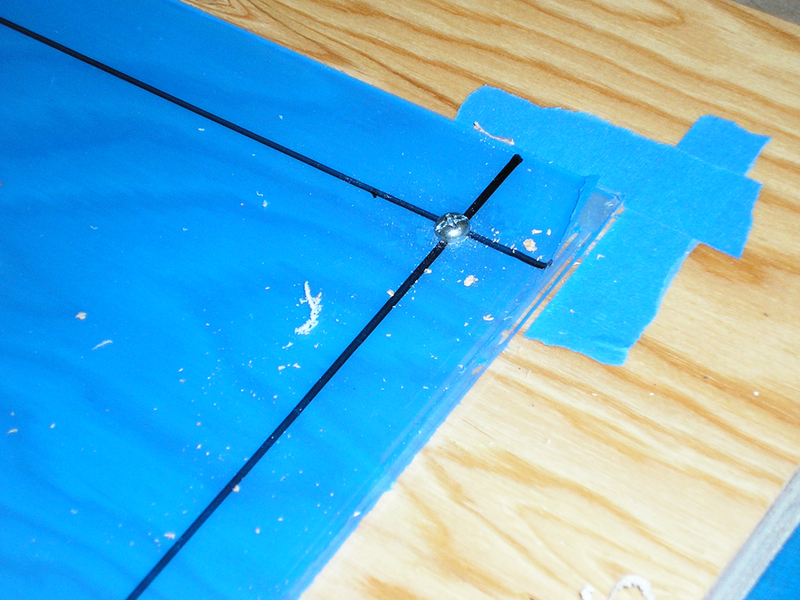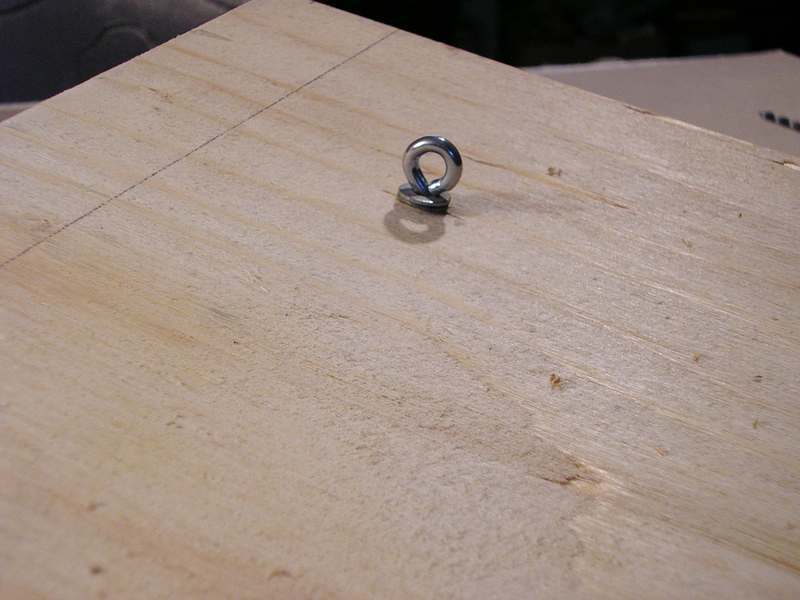Some scrap plywood and a sheet of plexiglass fitted with a few cents’ worth of hardware is all it takes to get those must-frame items out of your drawers and onto your walls. This framing project can be built to suit, but for the sake of a starting point, I’ve sized the frame to accommodate an 8″×8″ block print.
A note on materials: I like fir plywood because it’s cheap and tends to bear the most exaggerated grain; 1″ plexiglass is available cut-to-size at a decent hardware store or can be purchased precut at most framing supply shops.
Using varnish on the wood will accentuate the grain and give it a satin finish. You may also leave the wood unfinished.


